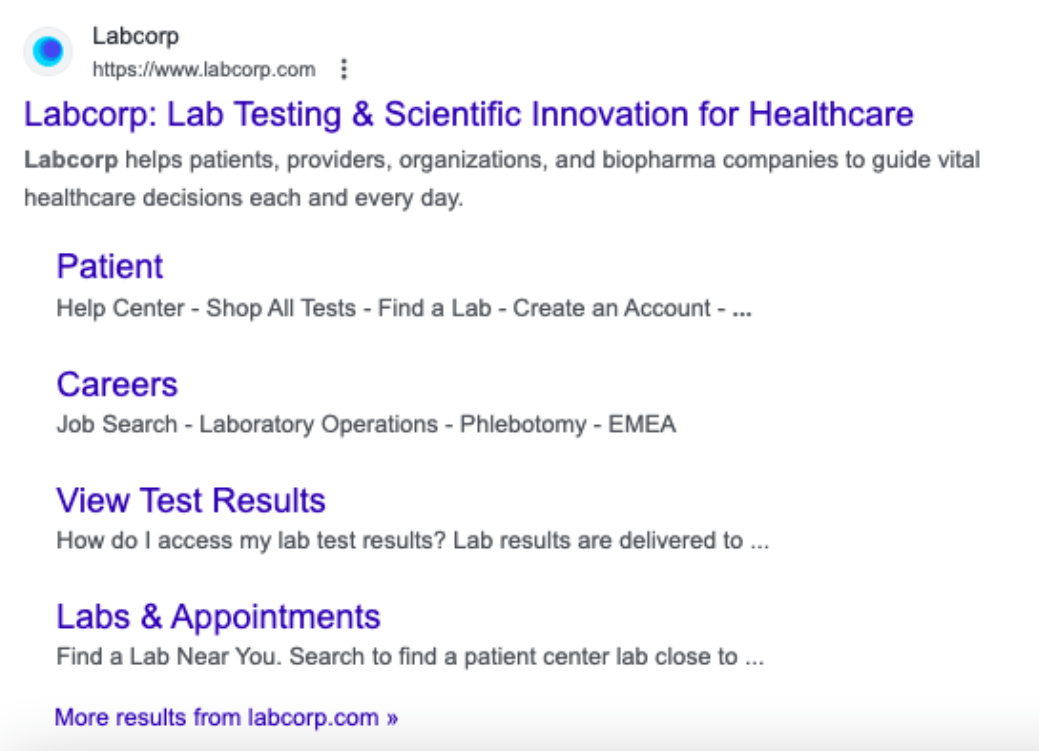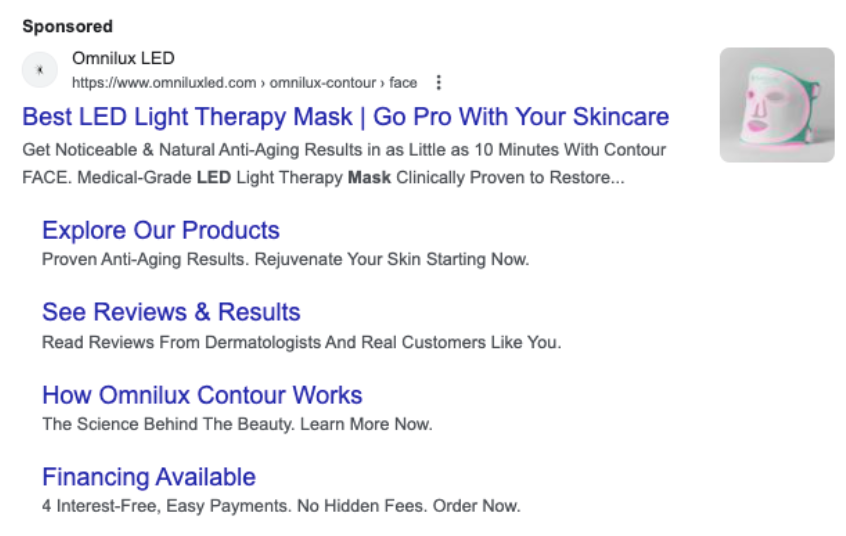
The Internet is virtually flooded with discussions on what is a good conversion rate; and yet, these never really reach a consensus. Following benchmarks found online is a bit like the “carrot and stick” method, where you strive for numbers that are out of reach and, potentially, burn out in the process.
Luckily, the answer to the question “how to increase the conversion rate” is much easier – it all comes down to testing.
If you want to improve e-commerce conversion rate or boost results from any other PPC campaign, keep on reading. We’ll discuss some of the most common issues for underperforming campaigns and share a few tips to increase conversion rates.
How to Improve Conversion Rate for your PPC Campaigns
The first step to increase the conversion rate is discovering the reasons why your PPC ad campaign is underperforming. To be clear – it’s not about guessing or making assumptions, but basing your insights on real data, which you can gather thanks to A/B testing. Test as many elements of your paid ad campaign as possible – just don’t run too many tests concurrently.
Plan your split tests ahead of time and make sure you run them over a longer period. Make sure it aligns with your entire marketing activities’ schedule. Here are a few tips while running A/B tests:
- Start with creating appropriate documentation including your ICP, hypotheses, goals, and test duration,
- While running A/B tests, ensure as few disturbances as possible
- Select homogenous groups for testing; don’t pick a large group as it will cost you dearly. Make your sample large enough to ensure that sufficient insights can be gained.
Spotting common conversion rate problems
If you’re scratching your head, wondering why you can’t increase the conversion rate for your paid campaigns, then here are some of the most common culprits:
Poorly targeted keywords: The keywords you’re targeting might not align with your target customers’ intent. While they may seem relevant at first glance, you might be unconsciously displaying your ads to people who aren’t interested in your service or product.
Weak ad copy: The text you use in your ads could be too generic, or vague. It should be intriguing and to-the-point, so the viewer knows exactly what they can expect if they click. It should also encourage them to take action.
Landing page quality: Sometimes, the problem isn’t in your ads. They might be super appealing, but if you redirect the potential buyer to a page that is irrelevant, inconsistent with your branding, or doesn’t have clear call-to-actions, you might see a high bounce rate.
Lack of ad extensions: If you’re not using ad extensions, then you might just have come across a potential campaign optimization technique. They enable you to link to relevant subpages, take up more space in the above-the-fold of the search, and, yes, push your competitors further down. Not using this option can heavily hurt your return on ad spend (ROAS).
Increase conversion rate ecommerce; example of a Google Ads Extension
Image source
Poor ad positioning: It might turn out that your ads lack visibility as they don’t appear in prominent positions in SERP. This will reduce their click-through rate.
Budget allocation: If you cover too many keywords or ad groups, you’ll spread your marketing budget too thin, meaning you won’t have enough resources to allocate to high-performing campaigns or keywords.
Ad fatigue: If you run your ads for a long time, without any modifications, people might get accustomed and will stop noticing them, which will result in decline in performance.
Mismatch between ad and landing page: If the content and messaging aren’t consistent on both – your ad and landing page, people might feel confused or even misled. This could make them abandon the page without converting.
As you can already tell, depending on the underlying reason, you’ll need to take a different action to increase the conversion rate.
Important note: If you run a wide-scale paid campaign – for example, one that targets 100,000 of potential clients – then even a minor increase in conversion rate could add up to significant gains over time. You should fight for the ‘small wins’, i.e., every percentage increase. Let’s take the sales funnel, for one – if you see minor improvements but across all of the stages, then you will get a more impressive, collective number over time.
Best Ways to Increase Conversion Rate
Now that we know what the common problems are, here are a few tips to increase conversion rate depending on the problem you’re experiencing.
Problem: Poorly targeted keywords
Run an audit of the keywords you’re using. Take notice of the ones that are doing well, i.e., getting impressions and clicks, and the ones that are performing very poorly. Then, look at relevant marketing metrics like cost per click (CPC) or cost per acquisition (CPA) .
Do these costs align with your budget?
While perusing the phrases, you should look for something Neil Patel calls “keyword drain”, i.e., keywords that produce zero results and only cost you money. These are the first ones you should bid farewell to.
Also, check if you’re using the right negative keywords, i.e., the terms you don’t want your ads to appear for.
For example, if you’re promoting multivitamin pills specifically crafted for women, you would likely want someone who’s searching for “vitamins for women” or “vitamin for women’s health” to see your product. But you wouldn’t wish such Google Ads to show terms like “multivitamin for men”, as the buyer’s intent is different.
Problem: Weak ad copy
Getting your ad copy right can be hard, especially if you consider that each platform, from Facebook and Instagram to TikTok and Google Ads, has its own requirements.
However, here are some general best practices that can help you improve ecommerce conversion rate by getting the text right.
- Adjust the terms to your audience size and expertise level. For example, if you operate in a niche like natural textile clothing and sell premium-priced items, then you should make that pop in your ad copy. You don’t want to attract those who don’t see value in buying a silk dress and are looking for an affordable option like polyester.
- Inspire yourself with ads that get clicks – for example, by using Facebook’s Ad Library, you can tap into your product category and see ads that get reactions on the platform. What type of copy do most successful campaigns feature? Are there any specific benefits that it underlines, or phrases they use?
- Verify and edit AI-generated copy. While AI is helpful, particularly when it comes to getting your copy in the desired length and to source ideas, it’s not an oracle. It’s up to you to decide which copy aligns with your target client best.
Problem: Poor landing page quality
If you’re wondering “how to increase conversion rate on your website” then start by playing around with your messaging and value proposition. Find a combination that works for your audience. Here are the elements that you can test:
- Headline – you need to make sure it’s simple, clear, and benefit-driven. Also, it must be consistent with your ad.
- Value proposition – your value proposition has to explain to the users how your offering can solve their problems.
- Button, shape, color, size – it can’t go unnoticed. Make sure your CTA stands out on your landing page.
- Text on your CTA – don’t settle on “submit” or “try it now”, make your CTA’s more valuable and relevant. The text has to tell your visitor exactly what they will get.
Truth be told, even the smallest change can have a big impact on improving your conversion rate. So test fonts, images, and your page layout – eventually, you’ll find a combination that will make your audience ‘click’.
Problem: Lack of ad extensions
Turn on the Assets functionality in your Google Ads account. Your goal here is not only to stretch out your ads as much as possible but also to bring attention to your important subpages and/or relevant CTAs. The exact pages you should link here depend on your offer but consider things like your popular product categories, outlet/sales, or even pages dedicated to financing, or customer fears. Here’s an example of a well-crafted ad extension that appears in search after tapping in the phrase “LED beauty masks”:
Increase conversion rate ecommerce; example of a Google Ads Extension
Image source
Some of the reasons that make this such a good ad is that:
- The brand promises you can start getting noticeable results with just ten minutes daily
- They encourage you to read reviews and see pictures of Before/Afters (which is pretty intriguing, isn’t it?)
- One of the subpages links to financing options. It surely helps get more clicks from customers who would like to splurge on a mask, but can’t afford a single upfront payment.
The best part is that there are zero additional costs for using extensions in Google Ads – whether someone clicks the headline, image, or subpage, you’ll be charged the same.
Now, a bit about getting to that above-the-fold part of results.
Problem: Poor ad positioning
Have you ever wondered how exactly Google determines the order in which it shows paid search results? It uses the “ad rank” formula, which looks at several factors to decide which ad should get the top spot.
Google says that it calculates your ad’s score every time a user searches for the keyword you wish to target. They recalculate it ongoingly, so you can quickly boost your ad’s visibility by implementing improvements. Luckily, you don’t have to do the guesswork to check how to get more ad views. Google lets you check how ‘good’ your ad is in a feature called Quality Score, available from your Google Ads account.
So, if you’re not seeing the conversion numbers you’d like to form a campaign, it’s time to do some digging. For each paid ad, Google will tell you how it performs across three factors – relevance for users, landing page experience, and expected clickthrough rate.
For each of these, you’ll see a simple “Above average”, “Average”, and “Below Average” score. This will suggest where you should focus your optimization efforts on to boost your ad positioning and, ideally, secure a good conversion rate.
Problem: Budget allocation
Regularly check how your paid ad campaigns are performing. If you notice that one of your ads is doing significantly better than the remaining ones, then you can consider moving some of your budget to it to get more leads. But, in order to do that, you’ll need a tool that will help you display all your campaign results on one dashboard so you can easily compare all results from all your campaigns – and that’s exactly what ChannelPulse lets you do.
Only by continuously monitoring your paid ad campaigns, and gathering data will you be able to achieve marketing optimization.
Problem: Ad fatigue
People long for novelty, so if you want to avoid ad fatigue, update your ads regularly across all the channels you use. For example, if you’ve been using the same background or image for a while, change things up a bit to improve conversion rates. As mentioned earlier, people can stop noticing your ad if it becomes too familiar, similar to how you stop paying attention to movies added to your Netflix watchlist.
Problem: Mismatch between Ad and Landing Page
One of the ways to increase conversion rate from your PPC ad campaigns is to make sure that your PPC messaging is in line with the messaging on your landing page. How can you do that? Use the same colors, logos, phrases, and copy to retain familiarity – this will not only improve your conversion rate but also lower your cost per conversion.
Message matching is essential for the success of your paid ad campaigns because it delivers on the promise you made to your users in your ad. Here are a few tips to make sure your LP and ad messaging are aligned:
- Use the same CTA in both assets.
- Ensure that the visuals on the PPC landing page correspond to the banner’s visual elements.
- Align the headline within the initial section of the landing page with the pitch presented in the ad.
- Make sure that meta titles and descriptions incorporate keywords from the campaign.
An example of a Failed PPC Campaign
Let’s imagine the following scenario – a popular travel search engine runs a PPC campaign to promote their services. They selected a few routes to promote. One of them, from Munich to Bangkok, saw very low conversion rates and a high bounce rate.
This meant that users clicked on the ad but did not complete the booking.
What approach did they follow for the paid campaign?
The company bet on a broad match for keywords, focusing on generic terms like “cheap flights” or “Bangkok”, which got them a lot of views, but mostly from people who were at the very early stages of planning their trip and were not ready to book.
The ad copy wasn’t specific enough and failed to highlight unique selling points or incentives as to why the person should book through the platform instead of competitors.
To make things worse, the ad redirected clickers to a generic search results page rather than pre-fill it with the departure and target destination. Most people weren’t willing to tap the route into the search bar themselves and closed the site.
What could they have done differently?
To improve website conversion rate from this ad:
- The company could have used more specific keyword match types, including “discount” and “book now”. This would filter out those who weren’t ready to buy yet.
- The ad copy could highlight exclusive deals, unique features, and destination-specific messaging to boost the viewers’ interest in that specific route.
- Each route should have a dedicated landing page, including real-time pricing, clear CTA, and curated flight options.
Experiment with different ways to increase conversion rate
Each paid campaign is different, so you won’t find a one-size-fits-all solution to all your potential problems. Plus, to evaluate the effectiveness of your campaigns, there’s no point in following benchmarks from other brands. It’s important to set your own.
The best way to do that is by using the right tool, like ChannelPulse. Not only does it let you test out different variations of ads; it also gathers campaign data from all channels to give you a high-level overview of what works and what doesn’t.
Try it out yourself and find the best way to improve conversion rates for your sites.




